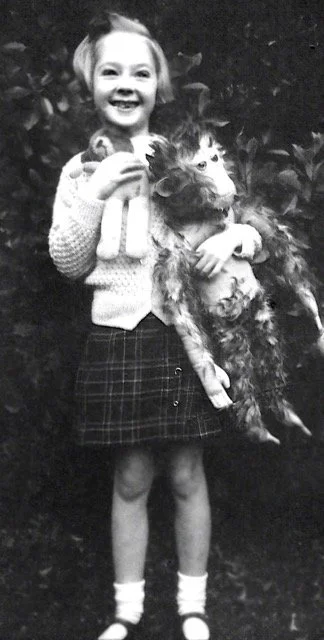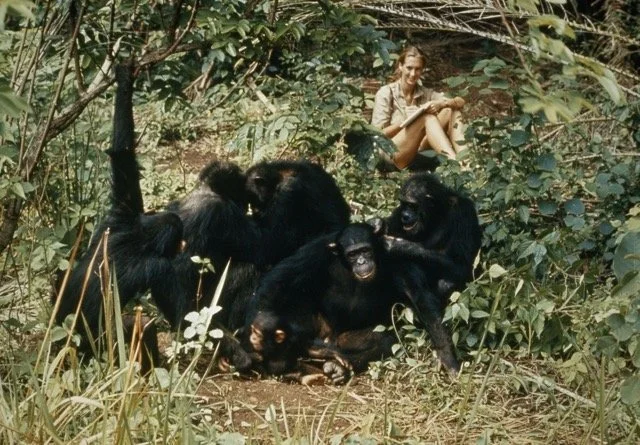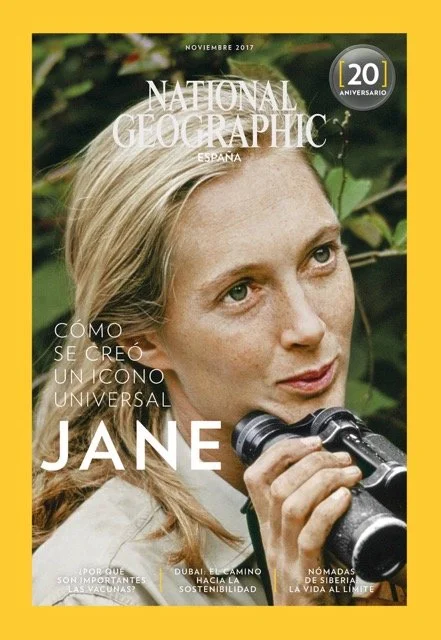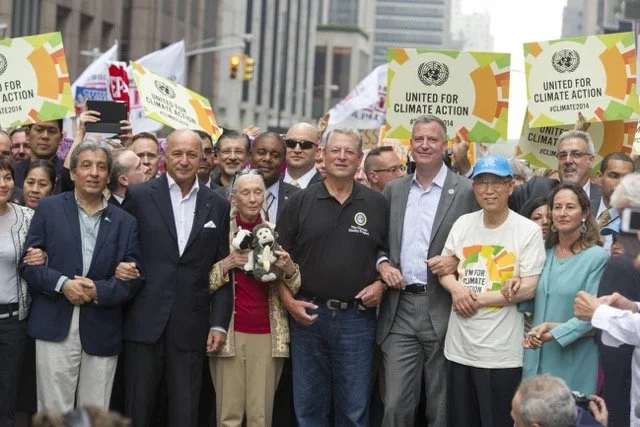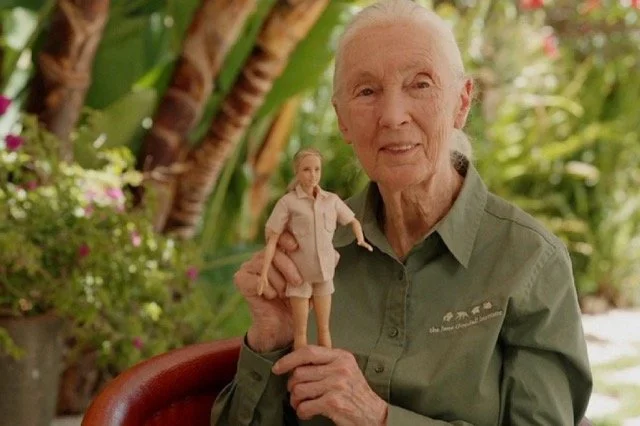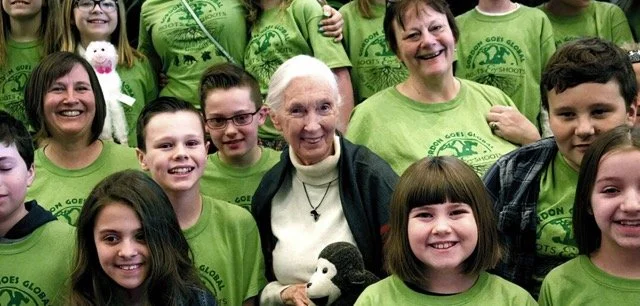Jane Goodall’s final lesson: hope is an antidote to numbness
By Nancy Nuñez and Emiliano Rodriguez Nuesch
In one of her public talks, Jane Goodall spoke directly to a feeling many of us know too well: numbness in the face of overwhelming crises. Whether it’s climate crisis, biodiversity loss, or political instability, the scale can feel paralyzing. “It’s not too late,” she insisted, urging her audience to resist despair and act with hope.
That insistence on hope wasn’t naïve optimism. For Goodall, hope was a practice — a discipline that kept people from shutting down in the face of planetary emergencies. It was the same hope she had cultivated since childhood, the same hope she carried into the forest of Gombe, and the same hope she passed on to millions through her science and activism.
Her story can be told through six images — each one a chapter in how she transformed the way we see the world, and how she left us tools for facing today’s crises without succumbing to numbness.
The child with Jubilee
Jane as a little girl, hugging her toy chimpanzee, Jubilee
As a little girl in England, Goodall carried around Jubilee, a stuffed chimpanzee. She wasn’t just curious about animals — she cared about what they felt. That sense of emotional connection, rooted in childhood, foreshadowed the message she would later bring to the world: empathy begins with seeing others as individuals.
The young scientist in Gombe
Goodall in the 1960s, observing chimpanzees in the wild
In 1960, she arrived in what is now Gombe Stream National Park. With no formal academic training, she documented in ways no scientist had before. She watched them craft tools, hunt together, grieve, and form bonds. Her insistence that they had personalities and emotions broke scientific orthodoxy and human exceptionalism.
By teaching us to appreciate the intelligence and emotions of chimpanzees, she pioneered the recognition of animals as individuals worthy of respect and compassion.
The scientist in the public eye
Jane on magazine cover in the 1960s and 70s
Her discoveries captured global attention, sometimes framed in superficial terms that emphasized her youth and appearance.
Yet she understood that visibility could become a tool and used that spotlight strategically. She translated technical science into stories people could connect with, opening new space for empathy and care.
The activist at the climate march
Goodall at the People’s Climate March in 2014.
Over time, she stepped away from research and became a global advocate. She spoke out about factory farming, deforestation, and climate change. She marched, lobbied, and campaigned.
Her transition reflected a deeper truth: facts alone rarely move people. What drives action is a moral call, a story that makes the crisis personal. Goodall embodied that synthesis of science and ethics.
A Barbie for Jane
In 2022, Mattel honored Jane Goodall with her own Barbie doll, part of the Inspiring Women series. The doll depicts her in her Gombe field outfit, binoculars in hand, alongside a model of David Greybeard, the first chimpanzee who trusted her.
This tribute goes beyond recognition: it places Goodall’s legacy into the hands of children, reminding new generations — especially girls — that science, empathy, and environmental activism are paths they too can follow. The Barbie is not just a toy; it is a symbol of how Goodall’s pioneering spirit continues to inspire hope, compassion, and respect for all living beings.
The intergenerational hope
Goodall surrounded by young people in her Roots & Shoots program
One of her most enduring legacies was cultivating active hope. In 1991 he founded Roots & Shoots, empowering young people around the world to take local action and create change in their own communities. She often said that every individual matters and that collective small steps can shift the future.
This was her answer to despair: hope as action. By focusing on what can be done — not on what’s already lost — she taught generations to resist paralysis.
A legacy for today
Jane Goodall died in 2025 at the age of 91. She left behind more than revolutionary research: she left a new way of linking science, ethics, and collective action.
Her life can be summed up in a simple, powerful equation: science + compassion = transformation.
In a world where crises often feel too vast to grasp, Goodall reminds us that recognizing the intelligence and emotions of other beings — whether chimpanzees or human communities — is the first step toward protecting them.

